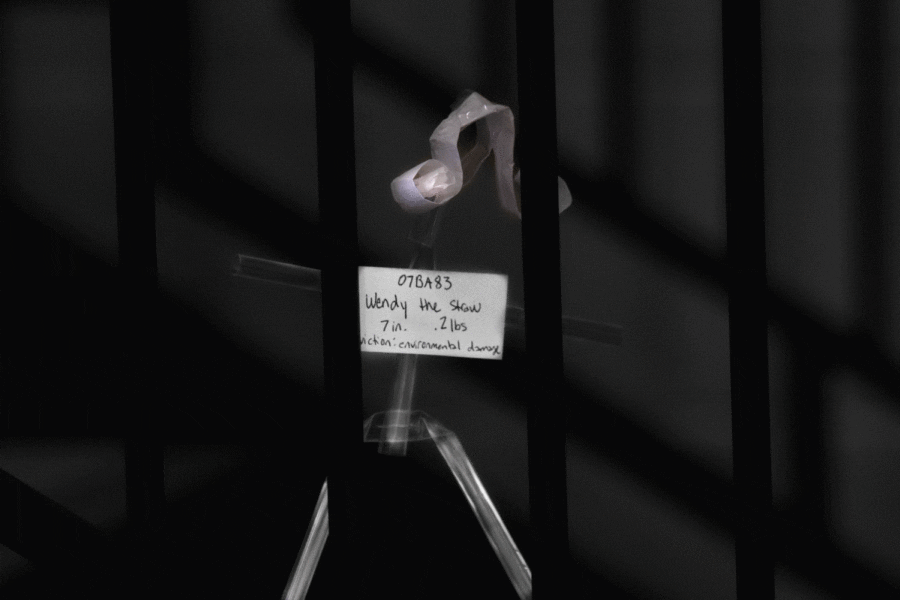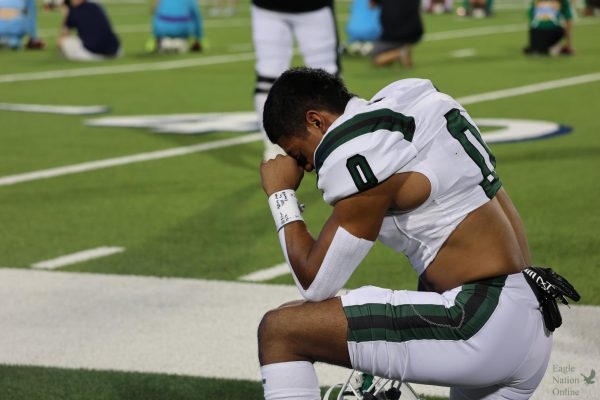Writer encourages citizens to put plastic straws behind bars, look to cleaner alternatives
In the United States, consumers use 500 million plastic straws daily. In the attached column, opinion writer Maddie Moats challenges readers to end plastic straw use. “Plastic straws are, for the most part, non recyclable,” Moats said. “Citizens should look to better alternatives for the sake of the environment.”
March 28, 2019
Ever since the harrowing video of a research team removing a plastic straw from the nostril of a sea turtle garnered global attention, the necessity and safety of plastic straw use has been passionately thrown into question. In recent years, both local and state governments in the United States have been taking initiative to reduce the harm of plastic straws, with New York City, Hawaii, and California leading the way with pending straw ban legislations. As more municipalities introduce proposals of straw bans, citizens need to know why so many people, companies, and environmental organizations are putting plastic straws under scrutiny, and how everyone can get involved to help the cause.
The problem with plastic straws specifically, and what sets them apart from the vast amounts of other forms of plastic pollution, lies within their structure. The non-recyclable straw’s flimsy, cylindrical shape makes them exceptionally vulnerable to wind, allowing them to scatter easily and harm animals. Even when plastic straws are properly thrown away, their fate isn’t sealed to controlled landfills, as they could be swept away from anywhere and into an unsuspecting habitat with such ease. Simply “doing one’s part” and disposing of straws, unfortunately, isn’t enough to protect increasingly polluted oceans and wildlife.
A small solution that could, with time and participation, make a big difference starts with the individual consumer. At restaurants, customers could refuse the straws they are provided. Better yet, if restaurants could provide straws by request only, the world could cut back greatly on this non-necessity. Even for those that really prefer drinking with straws, there are many retailers that sell portable, reusable metal or plastic straws. The final straw and amazon notably sell portable, reusable straws with a case that’s easily attached to a keychain or placed in a purse. Although these options, as of now, are more expensive than disposable straw use, the impact could be worthwhile when it means protecting the safety and beauty of the ocean and wildlife. These solutions will, in truth, have minimal effect if not widely accepted, but if enough people started ditching straws, the movement could gain the momentum it needs. If straws were made to not be a cultural norm, eventually, people would feel discouraged from using them.
The United States consumes a startling 500 million straws daily. The average citizen uses 1.6 straws daily. With so much fast food consumption, however, numbers add up rapidly. The answer to solving this straw infestation isn’t to restrict fast food consumption, but rather to reshape how Americans eat fast-food, or, more specifically, drink their fast-food. Establishments have settled into the comfortable habit of using cups and straws without question, as have their customers. Some chains, like Starbucks, for example, have switched to strawless lids. If all fast-food restaurants could make this switch, plastic straw use could be greatly reduced. If not completely change the design of their lids, or in the meantime of the transition, more establishments could switch to decomposable paper straws, which pose less of an immediate threat to wildlife.
People need to know that their straws don’t just go away. They might be “out of sight, out of mind,” but that definitely isn’t the reality to the countless ocean life and wildlife creatures that struggle for their lives against plastic pollution. If everyone could cooperate and reduce plastic straw pollution, oceans and wildlife could yet again be enjoyed and appreciated by all.



















